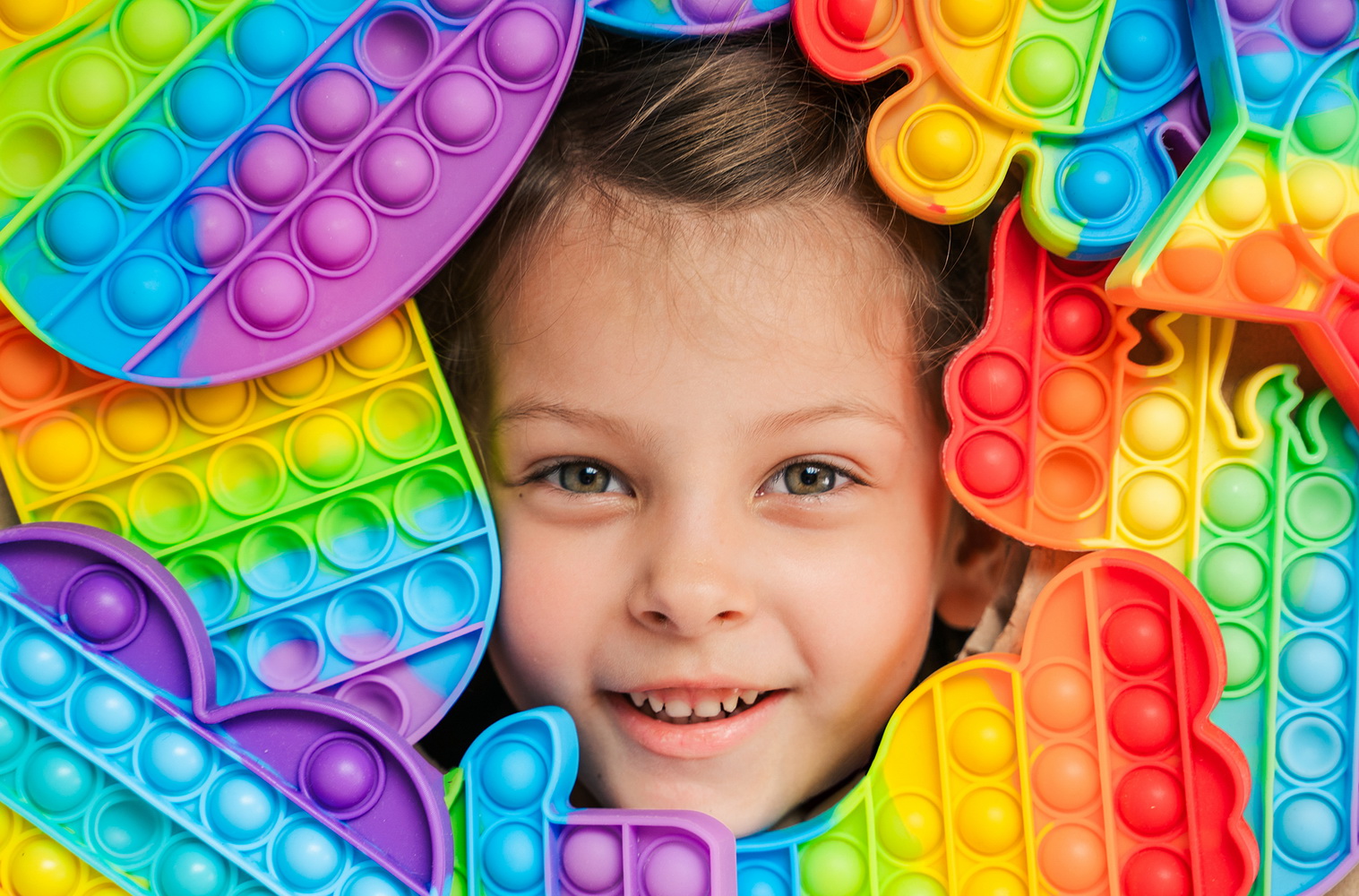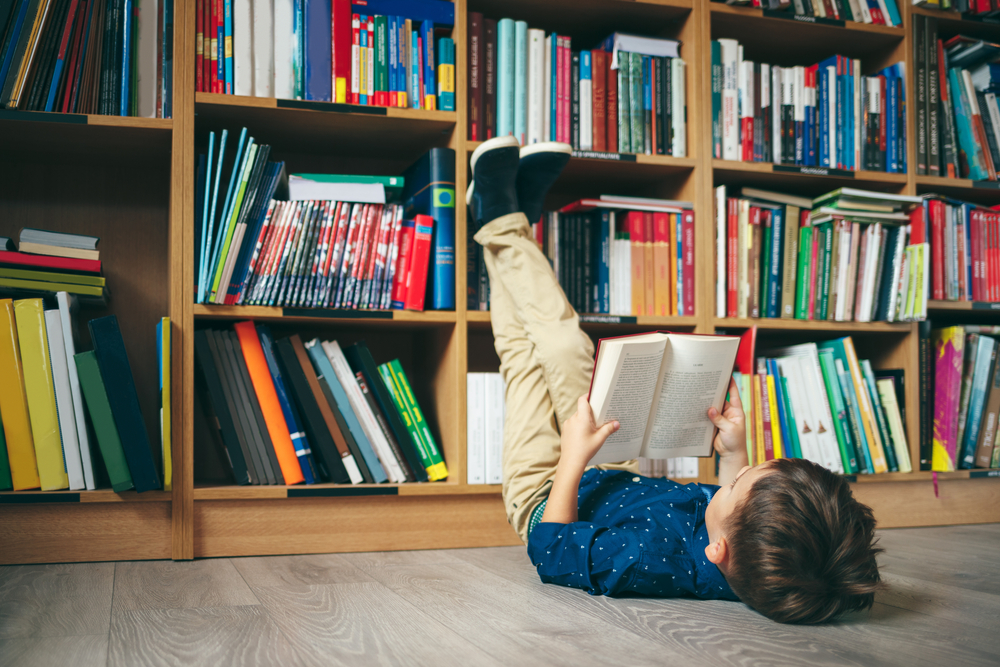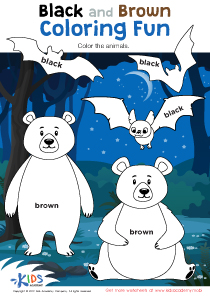Hand-eye Coordination English for Beginners Worksheets for Ages 6-9
15 filtered results
-
From - To
Enhance your child's hand-eye coordination with our engaging English worksheets designed for beginners, ages 6-9! Our expertly crafted resources combine fun activities with educational content, helping children to improve their motor skills while learning the basics of English. Each vibrant and interactive worksheet includes drawing, tracing, and matching exercises to boost coordination, focus, and dexterousness. Perfect for young learners, these worksheets make English as a second language enjoyable and effective. Incorporate fun into learning and watch your child's skills soar! Explore our diverse selection, tailored to provide essential practice and build a solid foundation in both language and coordination.
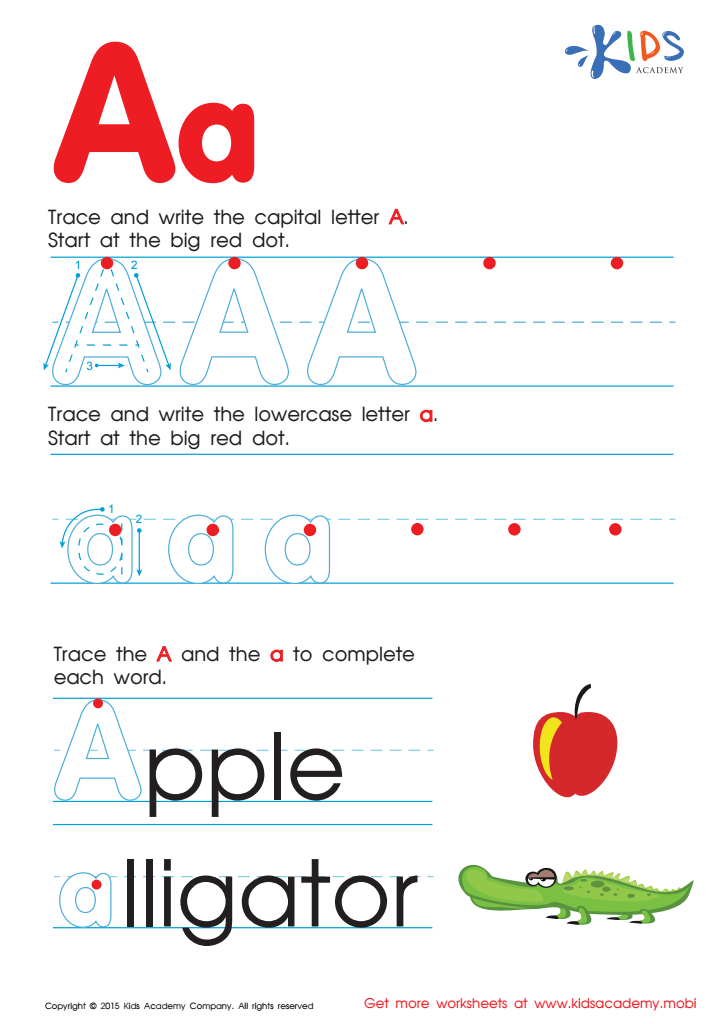

Letter A Tracing Page
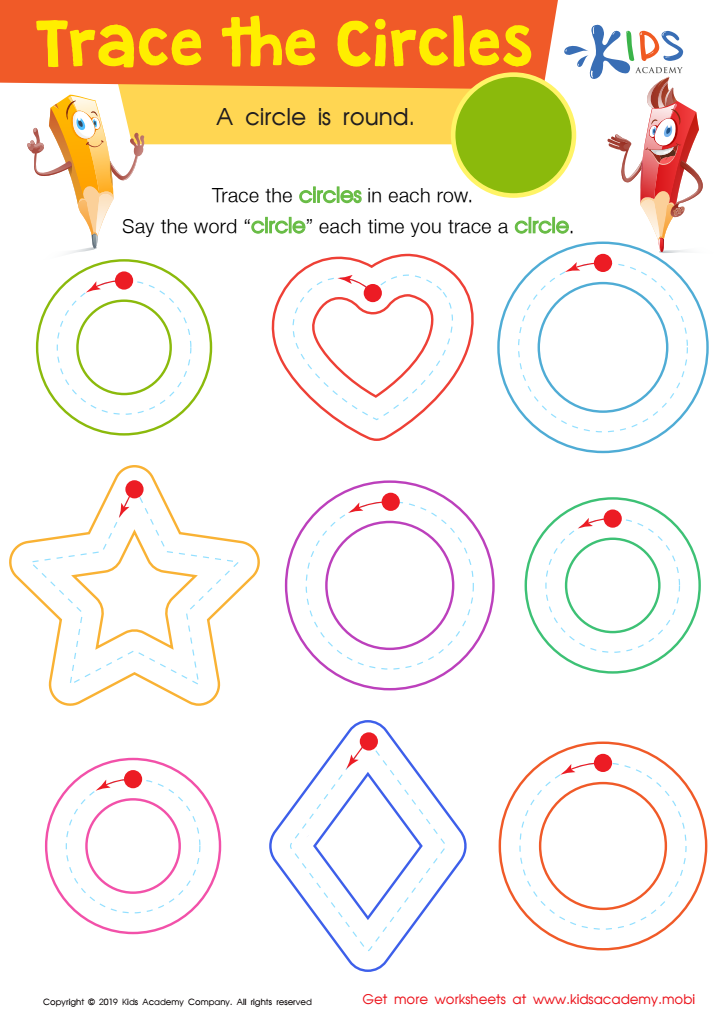

Trace The Circles Worksheet
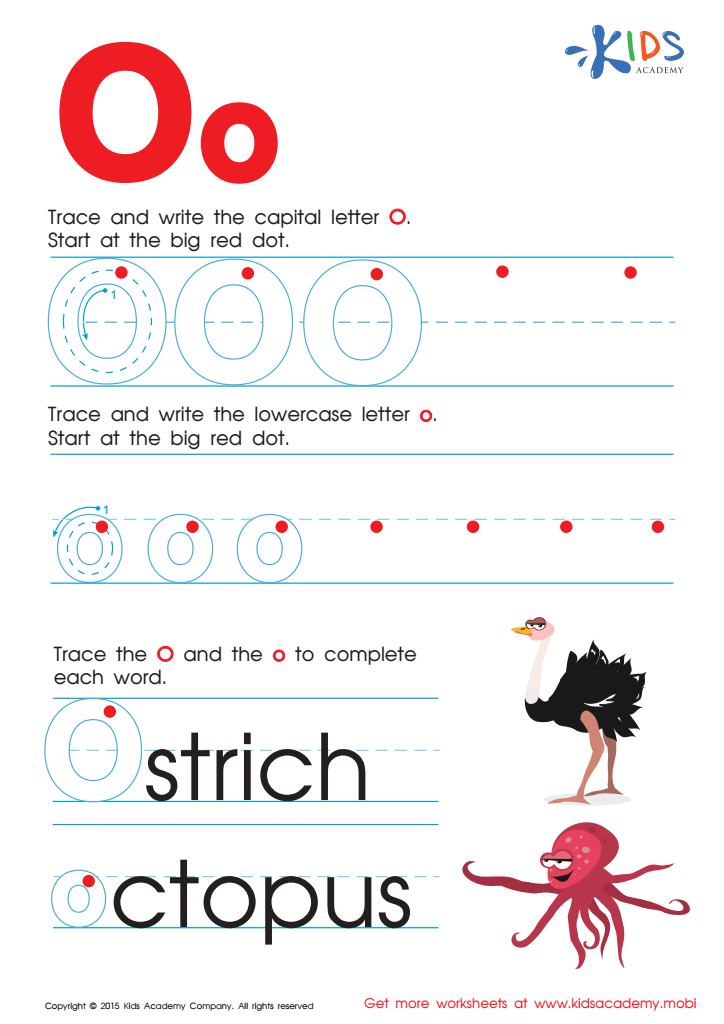

Letter O Tracing Page


Letter P Tracing Page


Letter T Coloring Sheet
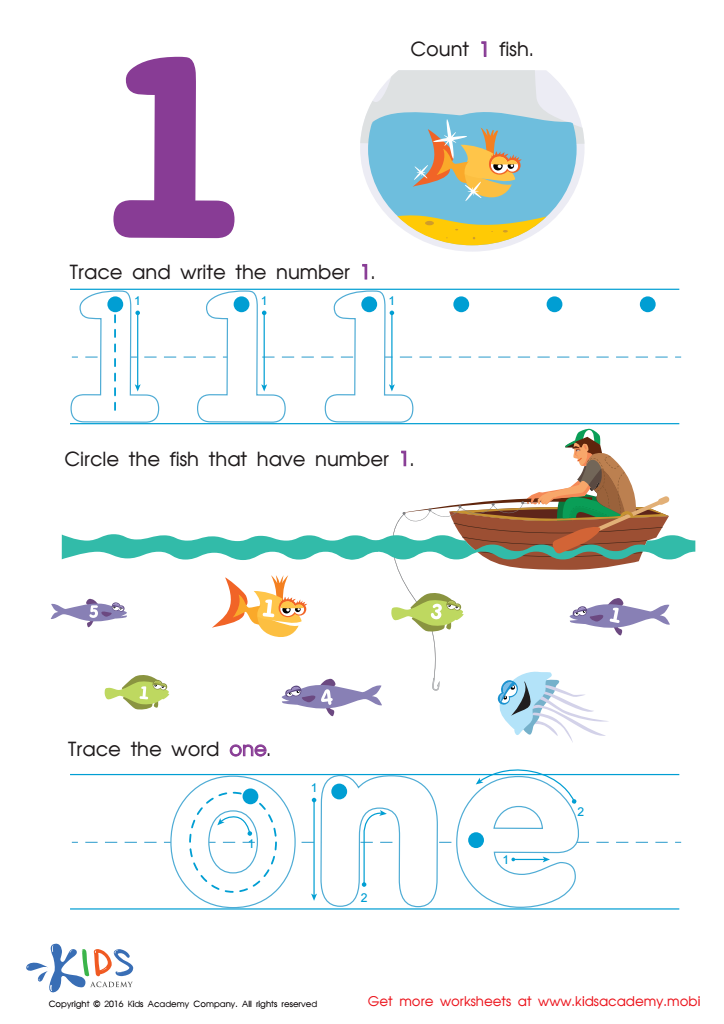

Learning to Write 1 Worksheet
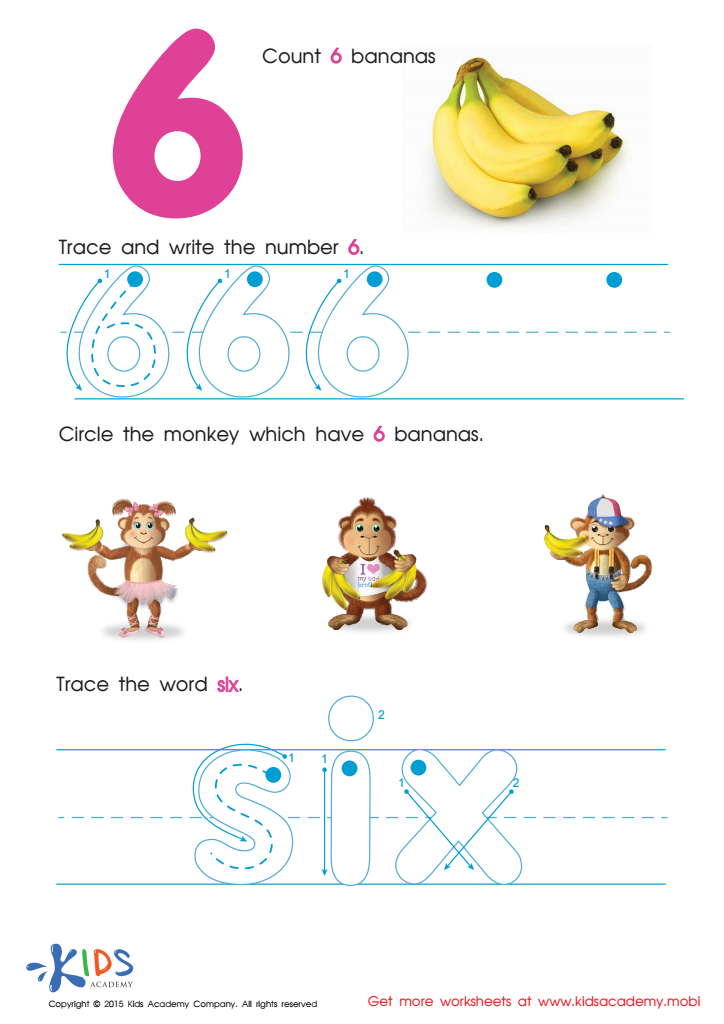

Tracing And Writing Number 6 Worksheet


Letter H Tracing Page
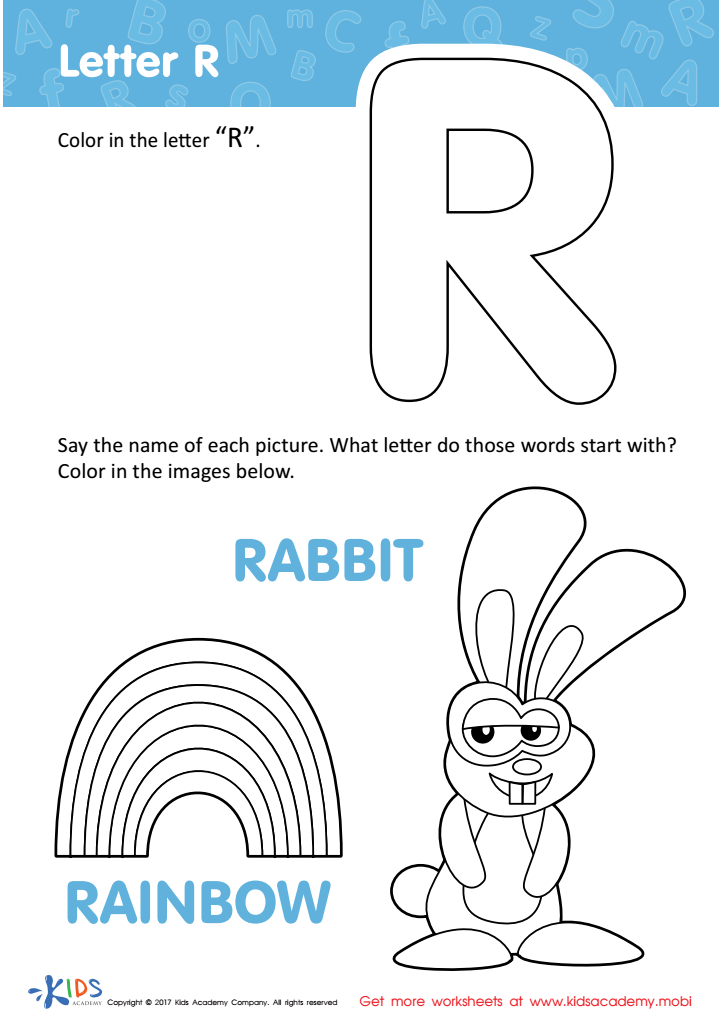

Letter R Coloring Sheet


Long and Short U Worksheet
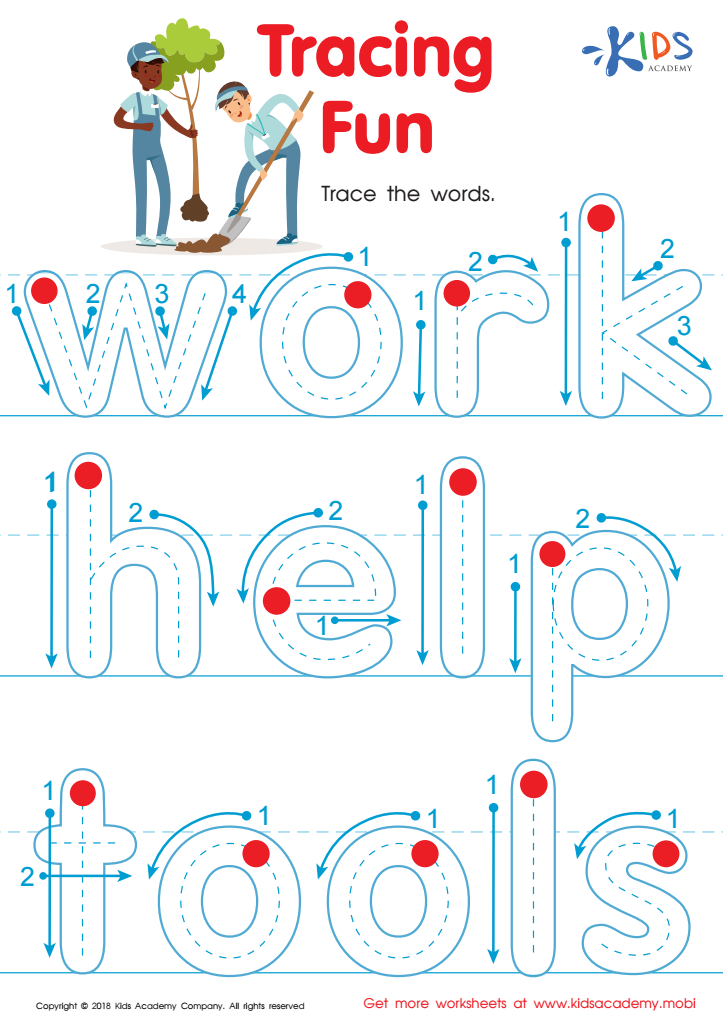

Tracing Fun Worksheet
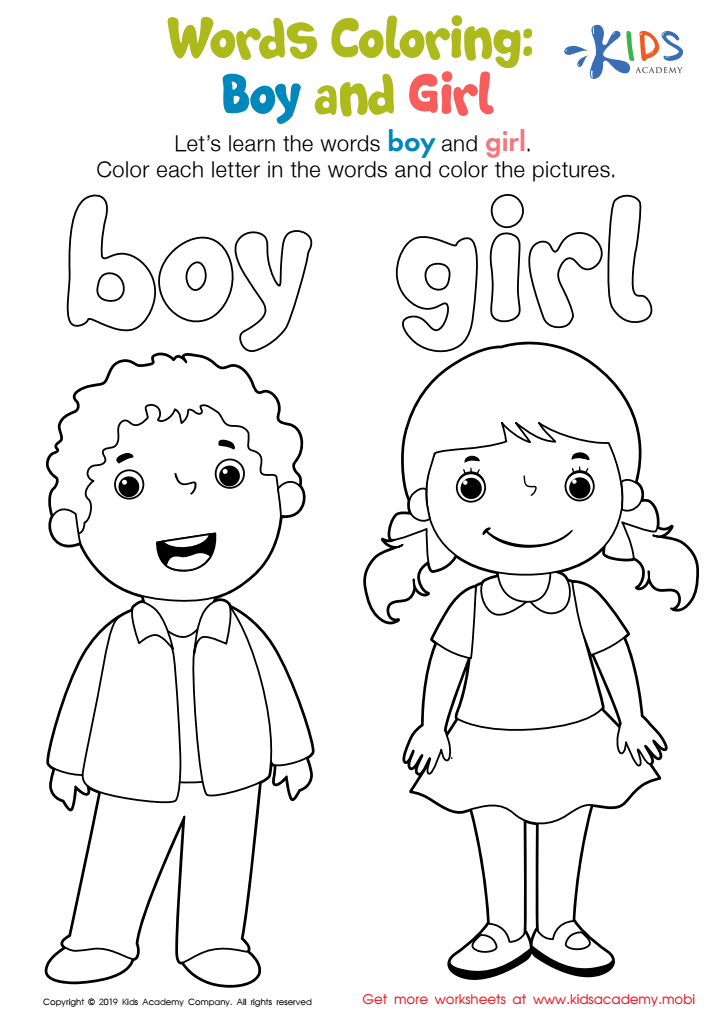

Boy and Girl Words Coloring Worksheet


Practice Writing Number 5 Worksheet


Long and Short E Worksheet


Letter D Tracing Page
Hand-eye coordination is a crucial developmental skill for children aged 6-9, as it underpins a wide range of activities both academically and in daily life. This coordination involves the synchronized control of eye movement with hand movement, allowing children to interact with their world more effectively. For beginners learning English, this skill plays a vital role.
First, proficient hand-eye coordination aids in more effective handwriting, a foundational activity in early education. As children learn to form letters and words, the cooperation between their visual monitoring and hand movements ensures clarity and precision, leading to better legibility and less frustration.
Secondly, hand-eye coordination contributes to enhanced reading skills. Tracking words along a line and turning pages seamlessly are physical manifestations of coordinated efforts.
Furthermore, this skill is important in numerous classroom activities that require maintaining alignment across multiple tasks, such as using scissors, glueing shapes, or drawing.
Additionally, games and physical activities that bolster hand-eye coordination, like catching and throwing balls, or interactive digital learning tools, often make grasping new concepts in English more engaging.
Parents and teachers focusing on enhancing hand-eye coordination help set a strong foundation, not just for immediate language acquisition, but for broader learning and cognitive abilities, resulting in well-rounded developmental growth.
 Assign to My Students
Assign to My Students





